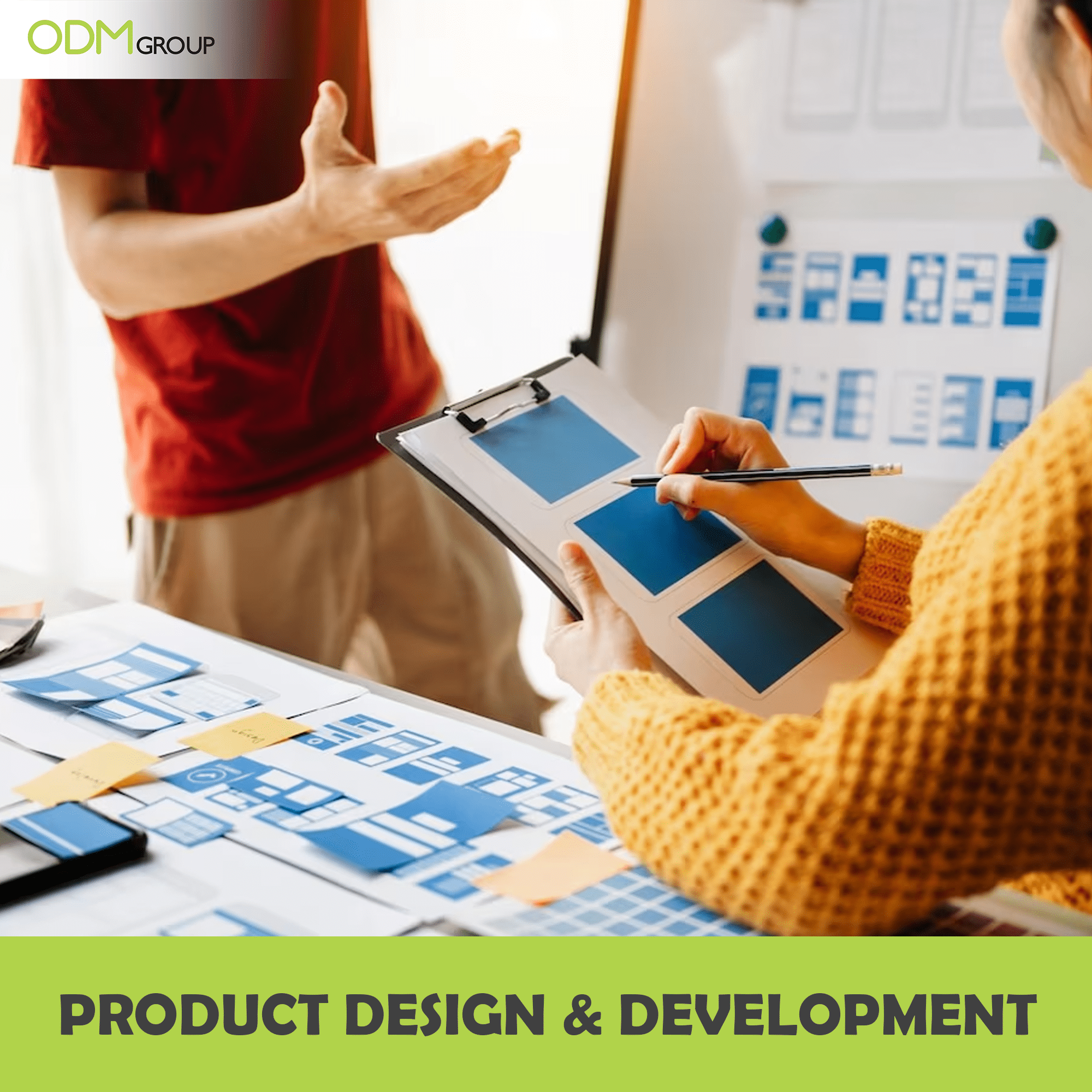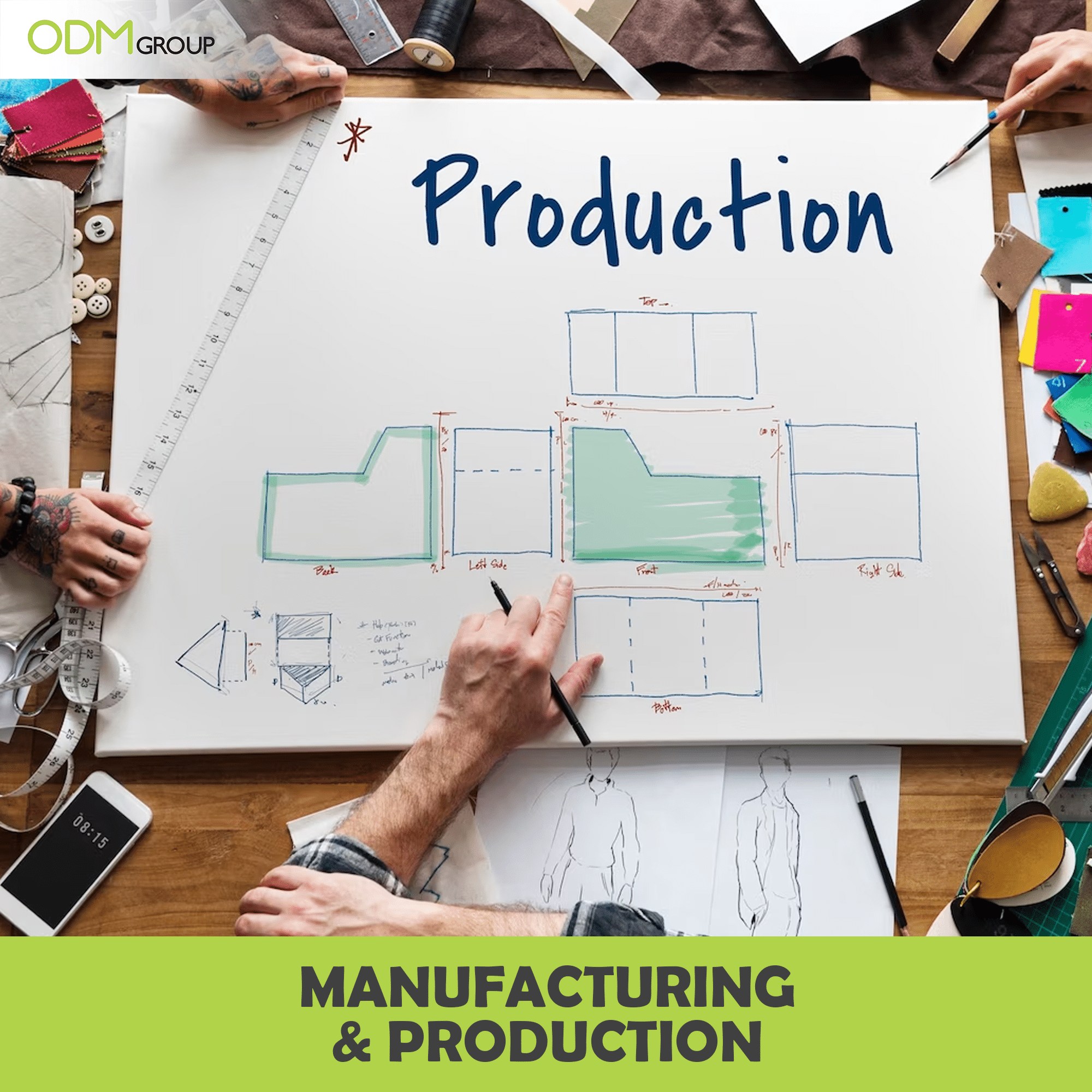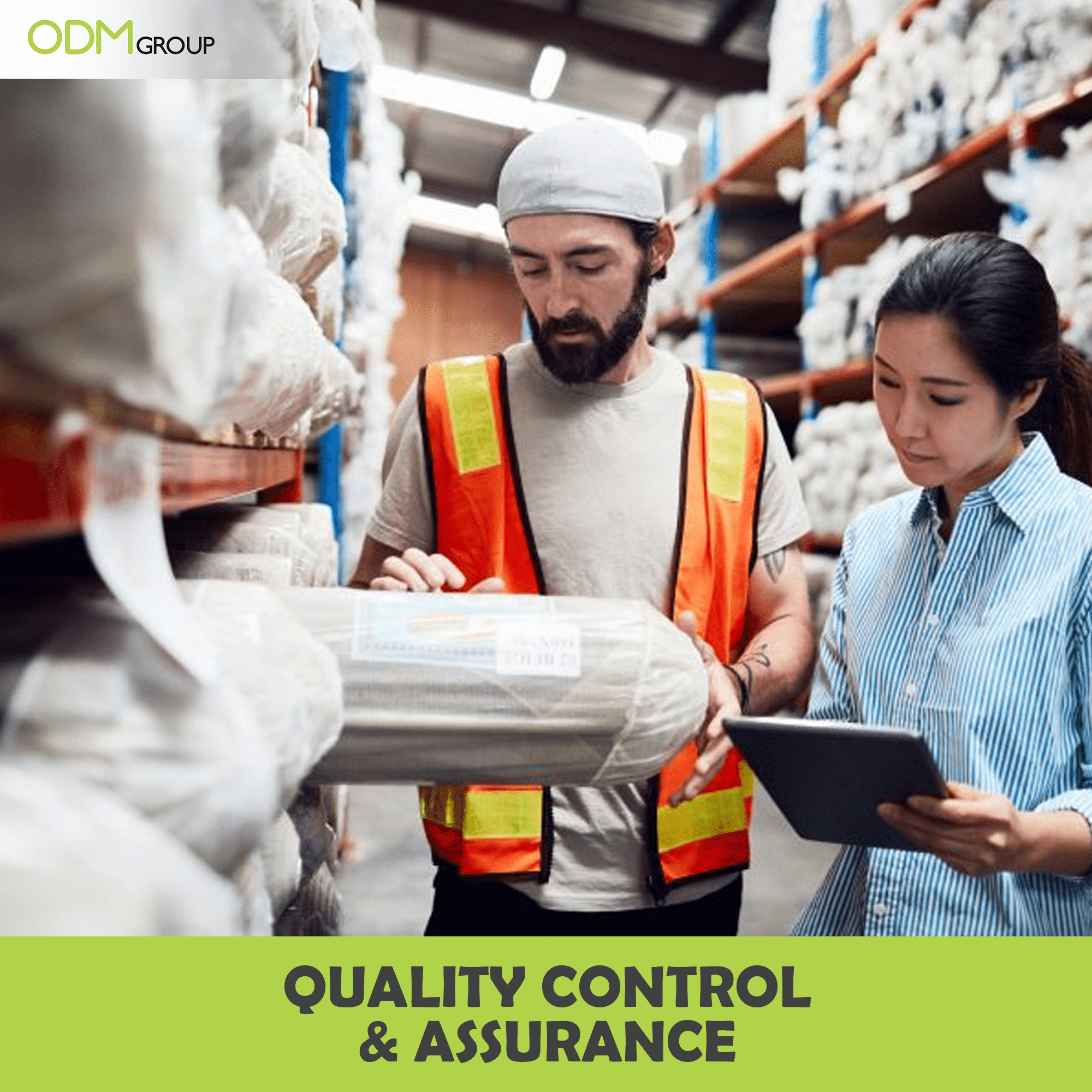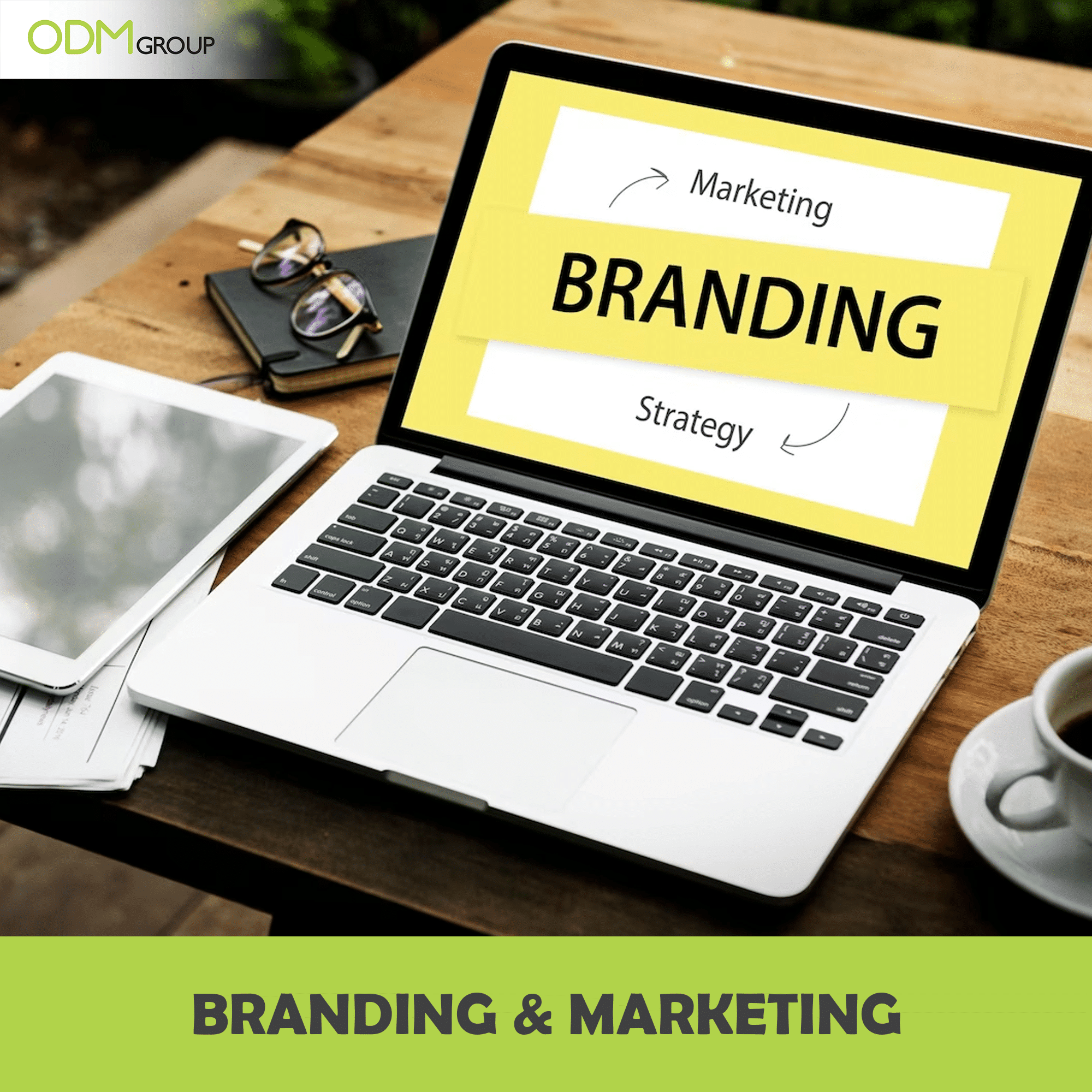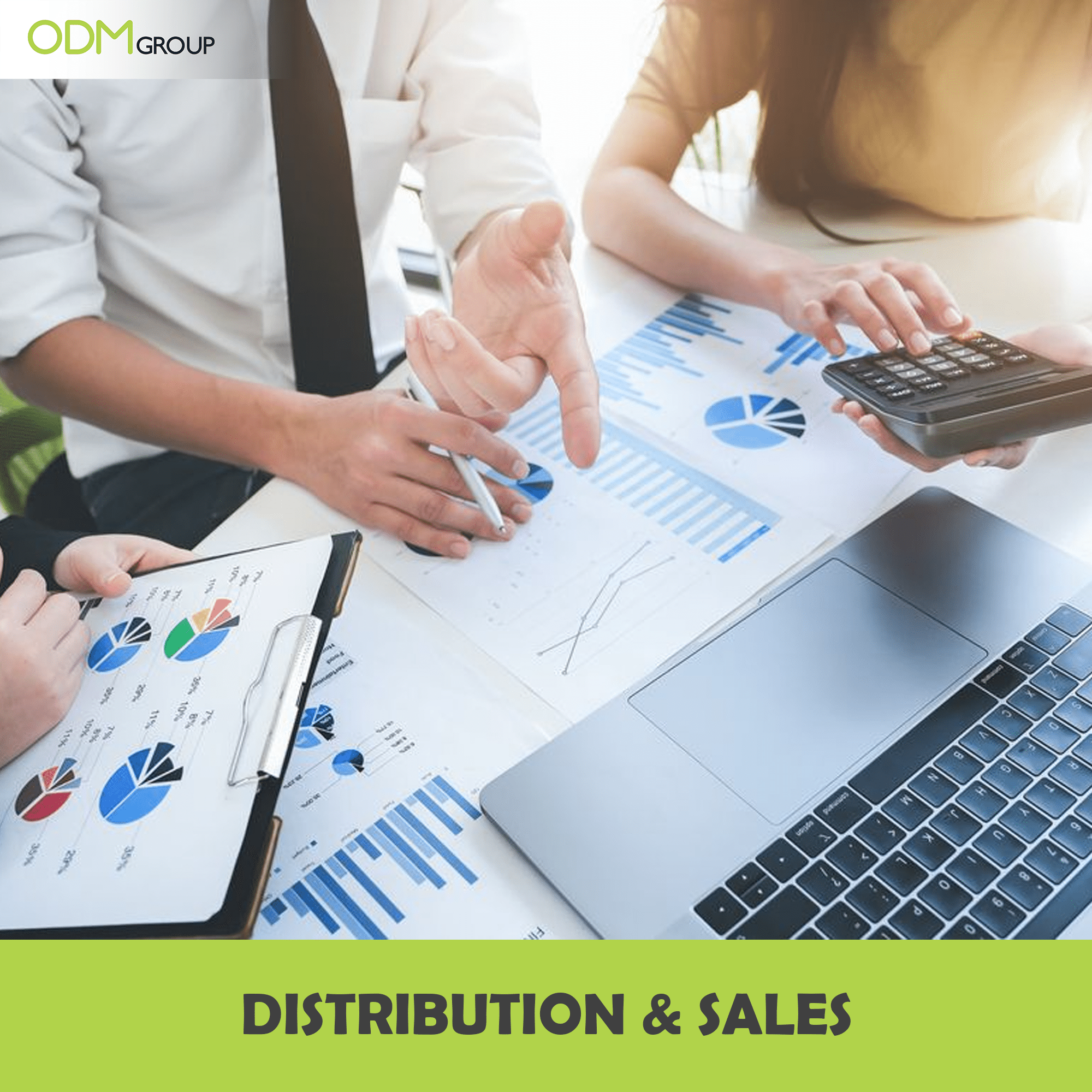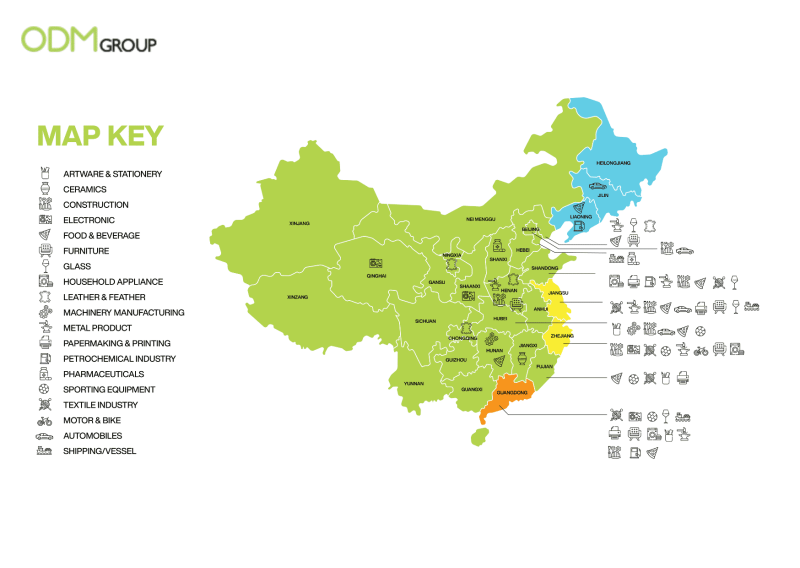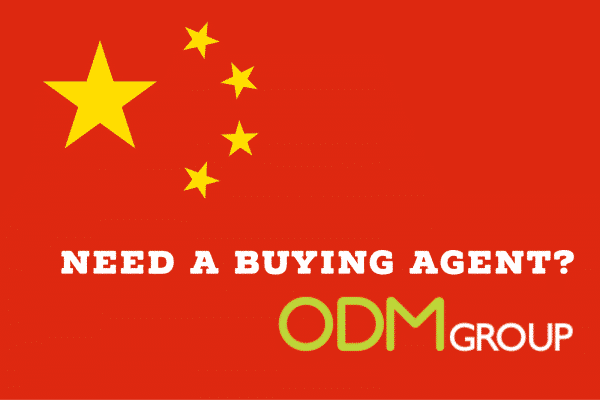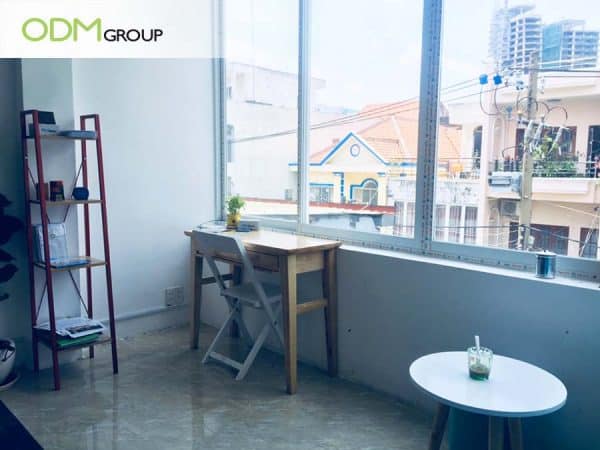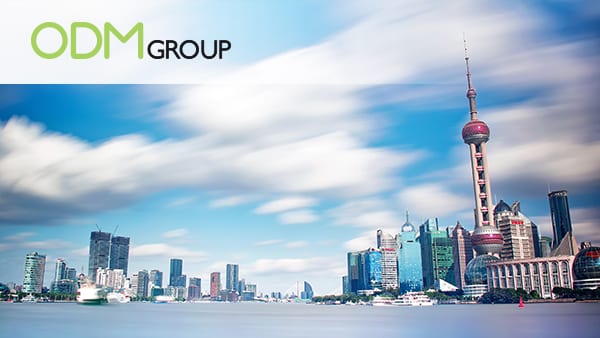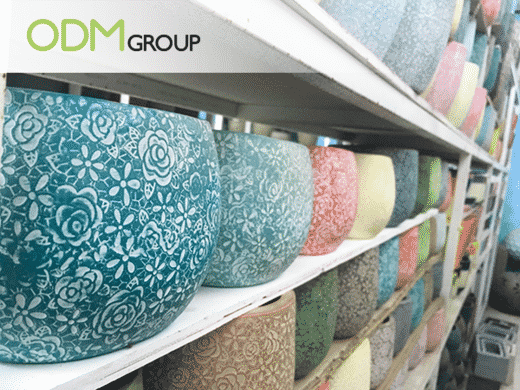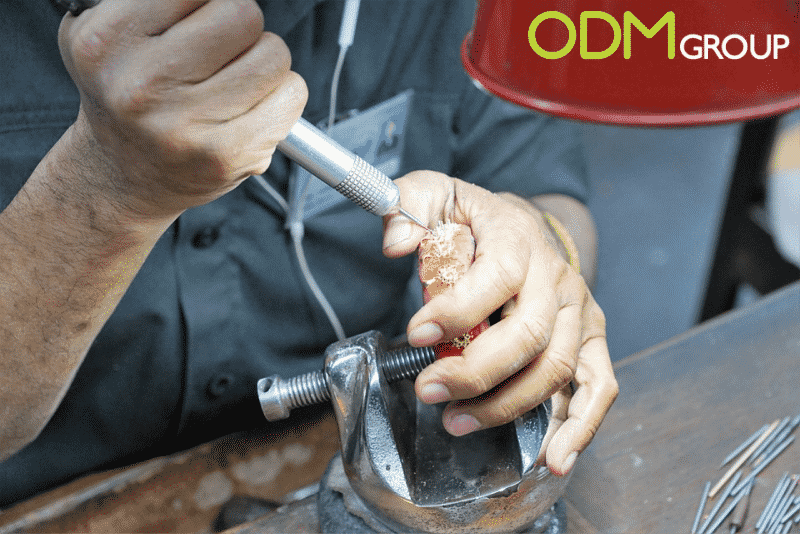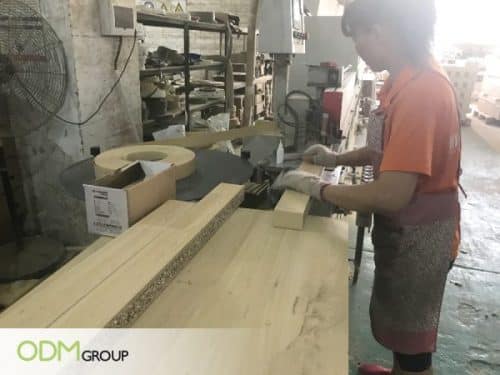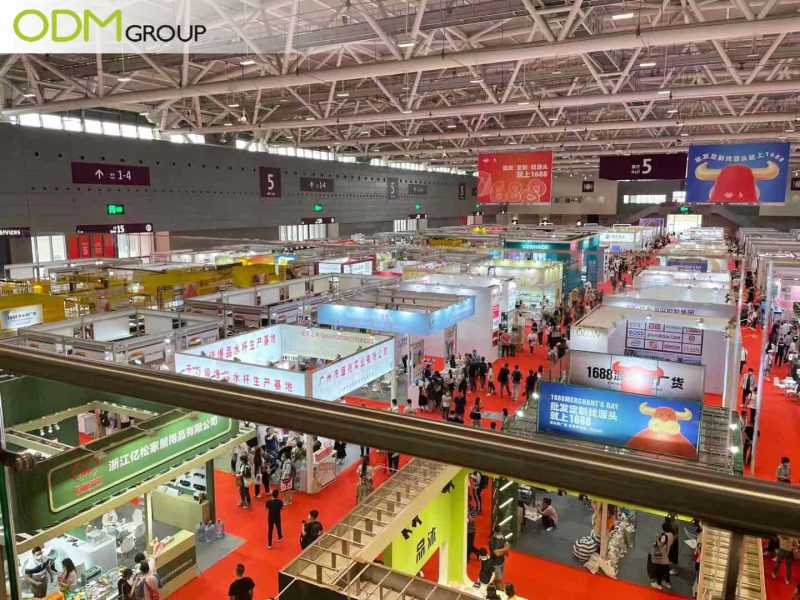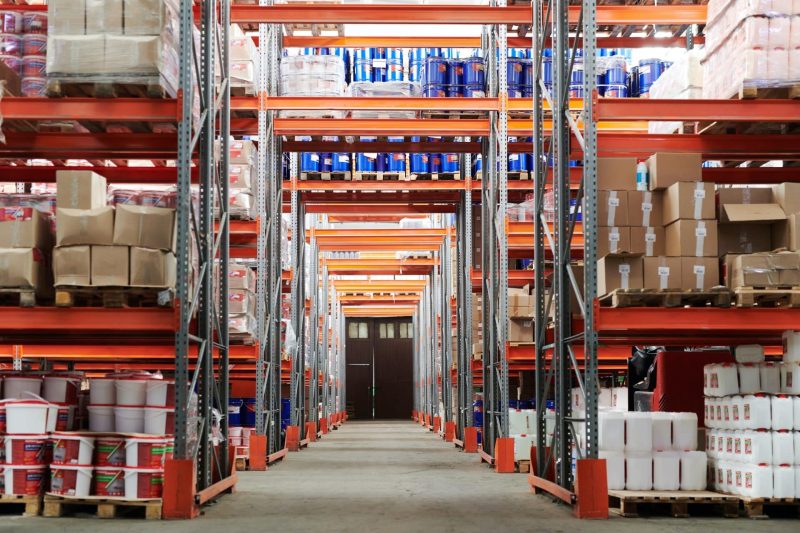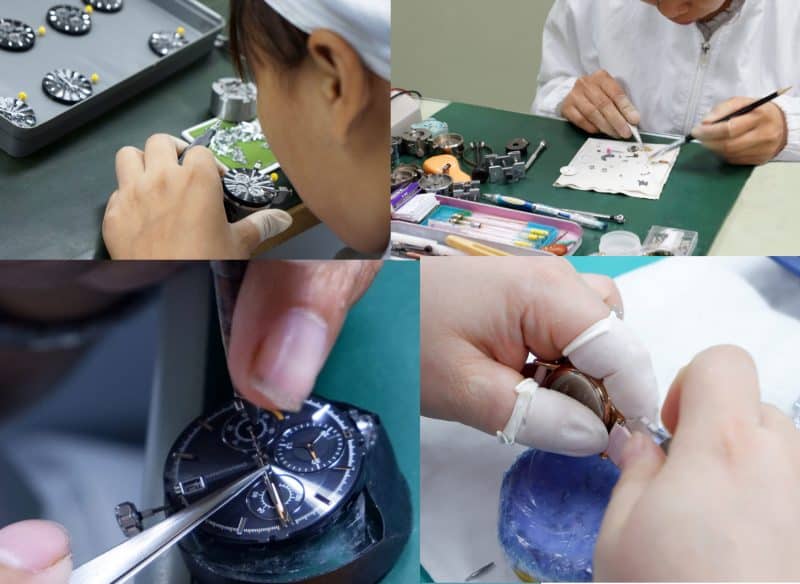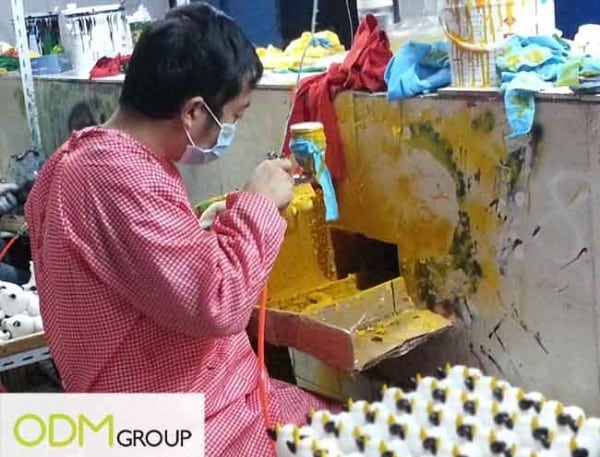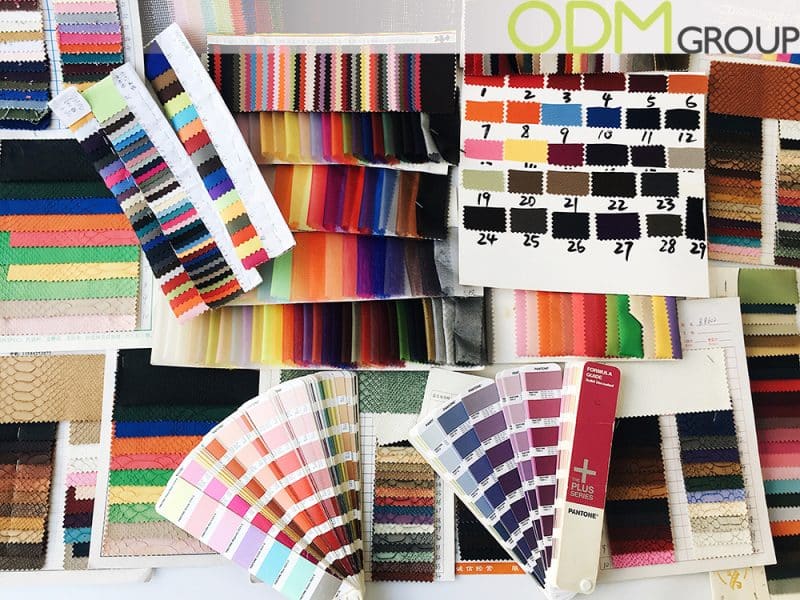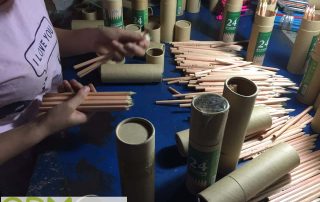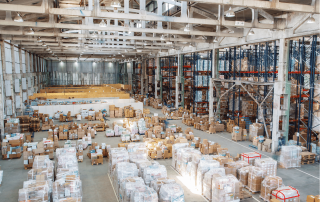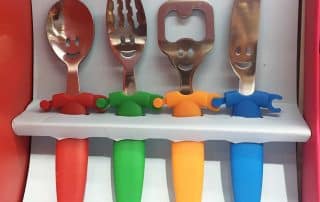Have you ever wondered how your favorite products come to life, capturing your attention and earning your loyalty? Behind every remarkable item lies the craftsmanship and ingenuity of an Original Brand Manufacturer (OBM). While their name may not be on the tip of your tongue, their impact on the things you love is undeniable.
In this blog post, we’ll dive into the fascinating world of OBMs, exploring their unique position in the market, their impact on product development and innovation, and how they’re reshaping the landscape of modern business.
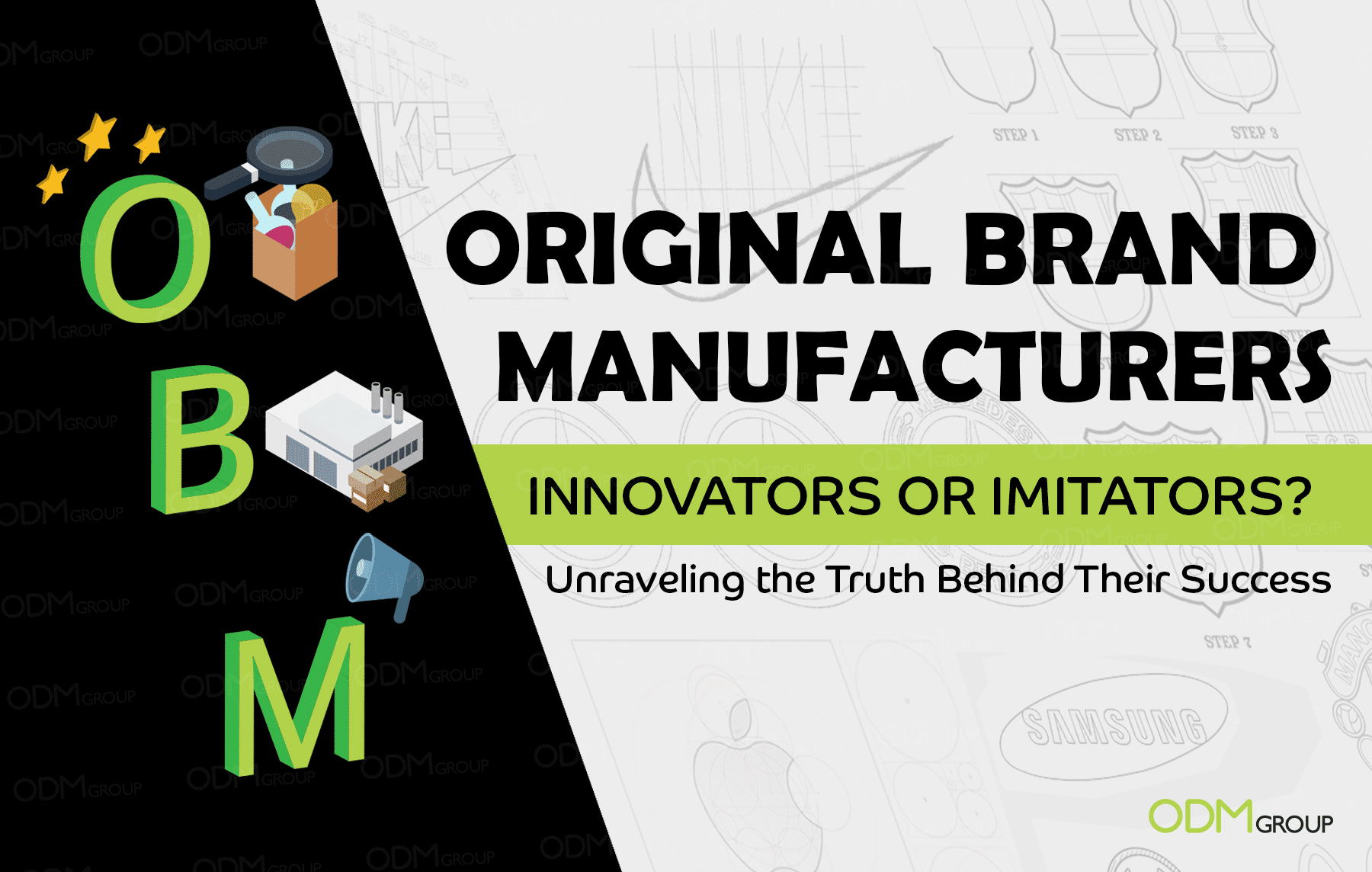
What is an Original Brand Manufacturer?
An Original Brand Manufacturer (OBM) refers to a company that designs, develops, and markets its own products under its own brand name.
Unlike Original Equipment Manufacturers (OEMs) or Contract Manufacturers (CMs), which typically manufacture products on behalf of other companies, an OBM takes full ownership and responsibility for the entire product development and marketing process.
OBMs are involved in all stages of the product lifecycle, including:
They establish their own brand identity, build customer loyalty, and often have a direct relationship with end consumers. OBMs are usually recognized for their expertise in a specific industry or product category.
Unveiling the Unique Proposition of OBMs in the Market
1. Design and Innovation
OBMs are responsible for the design and innovation of their products. They invest in research and development to create unique and distinctive product offerings.
This allows them to differentiate themselves in the market by providing innovative features, superior quality, and appealing designs.
2. Brand Ownership and Marketing
OBMs establish and promote their own brand identity, values, and messaging. This gives them the ability to build strong brand recognition, loyalty, and customer trust.
They often invest in marketing activities, advertising campaigns, and customer engagement strategies to create a strong brand presence.
3. Quality Control
As OBMs oversee the entire production process, they have the ability to maintain strict quality control standards.
They can ensure that their products meet or exceed customer expectations in terms of quality, reliability, and performance.
This control allows OBMs to build a reputation for delivering consistent and high-quality products, enhancing their brand value.
4. Customer Relationships
OBMs have a direct relationship with their customers.
This enables them to gather feedback, understand customer needs, and tailor their products and services accordingly.
By interacting directly with consumers, OBMs can build strong customer relationships, improve customer satisfaction, and foster brand loyalty.
5. Pricing and Profit Margins
OBMs have greater control over pricing strategies compared to OEMs or CMs.
They can set prices based on factors such as production costs, brand value, market demand, and competitive positioning.
This flexibility allows OBMs to capture higher profit margins and generate additional revenue streams through brand licensing or partnerships.
6. Long Term Strategy and Flexibility
OBMs have the autonomy to develop and execute long-term strategies for their brand and product portfolio.
They can adapt to market trends, consumer preferences, and emerging technologies, ensuring their offerings remain relevant and competitive over time.
This flexibility enables OBMs to explore new markets, expand product lines, or diversify their business as needed.
OBM VS ODM
ODM stands for Original Design Manufacturer. It refers to a business model where a company designs and develops products manufactured by another company.
In this arrangement, the ODM company is responsible for the design, engineering, and often the product’s branding, while the manufacturing process is outsourced to a third-party manufacturer.
Let’s take a look at the key differences between an OBM and ODM:
| OBM | ODM | |
|---|---|---|
| Definition | Designs, develops, and manufactures products under its own brand name | Specializes in designing and manufacturing products based on client specifications |
| Brand Control | Complete control over branding and product identity | Limited control over branding and design aspects |
| Production | Manages the entire production process | Focuses on manufacturing based on client specifications |
| Investment | Requires significant investment in product development, manufacturing facilities, and marketing | Lower investment as manufacturing is outsourced |
| Product Quality | Assumes responsibility for product quality control | Relies on the ODM’s manufacturing capabilities for product quality |
| Risk | Bears the risk of market acceptance and demand for branded products | Relies on the client company for marketing and distribution success |
OBM VS OEM
OEM stands for Original Equipment Manufacturer. It refers to a company that manufactures products or components that are used or sold by another company under its own brand name.
OEMs typically produce parts, equipment, or software that are integrated into the final product of another company.
Here are the key differences between an OEM and OBM:
| OBM | OEM | |
|---|---|---|
| Definition | Designs, develops, and manufactures products under its own brand name | Manufactures products based on the specifications provided by another company/brand |
| Brand Ownership | Owns and promotes its own brand | May or may not have its own brand; manufactures products for other companies/brands |
| Product Control | Has control over product design, features, and specifications | Produces products based on the provided specifications |
| Distribution | Handles marketing, distribution, and customer support for its own brand | May or may not be involved in marketing and distribution; supplies products to the company/brand |
| Investment | Requires significant investment in product development, manufacturing facilities, and marketing | Requires investment in manufacturing capabilities and adherence to client specifications |
OBM VS Contract Manufacturing
Contract manufacturing refers to the outsourcing of the manufacturing process to a third-party company, known as the contract manufacturer, by a company that wishes to produce goods or products.
In this arrangement, the company that owns the product design or brand, often referred to as the “client” or “contracting party,” enters into a contractual agreement with the contract manufacturer.
Explore the key differences between contract manufacturing and original brand manufacturing:
| OBM | Contract Manufacturing | |
|---|---|---|
| Definition | Designs, develops, and manufactures products under its own brand name | Manufactures products on behalf of other companies |
| Control | Has full control over product design, manufacturing, and marketing | Follows client’s specifications and guidelines for manufacturing |
| Branding | Builds and promotes its own brand | Produces goods under the client’s brand name |
| Investment | Requires substantial investment in brand development, marketing, and production facilities | Limited investment, primarily focused on manufacturing equipment |
| Scalability | Can expand or diversify product lines based on market demands | Can handle multiple clients simultaneously and scale production as needed |
| Risk | Bears the risks and rewards of the brand’s success or failure | Less risk as they manufacture products based on client demand |
To Conclude,
Original Brand Manufacturing plays a significant role in today’s global market by providing businesses with the opportunity to produce and sell their own branded products. This business model allows companies to focus on their core competencies, such as product design, marketing, and brand building, while leaving the manufacturing process to experienced partners.
By engaging in OBM, companies can maintain control over their product quality, reduce costs, and increase their competitive advantage. Furthermore, OBM enables businesses to respond quickly to changing market trends and customer demands, ensuring that their products remain relevant and desirable.
Original Brand Manufacturing FAQs
What is an Original Brand Manufacturer (OBM)?
An Original Brand Manufacturer (OBM) is a company that designs, develops, and manufactures products under its own brand name. Unlike Original Equipment Manufacturers (OEMs) who produce goods for other companies to rebrand, OBM companies create and market their products directly to consumers.
How does an OBM differ from an OEM?
The key difference between an OBM and an OEM lies in the branding and ownership of the products. OBMs develop their own brands and market products directly to customers, assuming full responsibility for design, production, marketing, and customer support. On the other hand, OEMs manufacture products based on specifications provided by other companies, which then rebrand and distribute them.
How does an OBM differ from an ODM?
The main difference between an Original Brand Manufacturer (OBM) and an Original Design Manufacturer (ODM) lies in their areas of focus and expertise. While OBMs primarily emphasize branding and marketing, ODMs specialize in product design and manufacturing.
How does an OBM differ from Contract Manufacturing?
The main difference between an Original Brand Manufacturer (OBM) and contract manufacturing lies in the level of involvement and ownership of the brand. OBMs develop their own brands and assume full responsibility for product design, manufacturing, and marketing. Contract manufacturing, on the other hand, involves outsourcing the manufacturing process to a third-party provider while the brand owner retains control over the design, marketing, and distribution of the product.
What are the advantages of working with an OBM?
Working with an OBM offers several advantages, including brand control, quality assurance, direct customer interaction and flexibility and customization.
Do OBMs manufacture products themselves?
Yes, OBMs typically have their own manufacturing facilities or work closely with trusted manufacturing partners to produce their products. This enables them to maintain control over the production process, quality standards, and intellectual property associated with their brand.
Can OBMs sell their products through third-party retailers?
Yes, OBMs can choose to sell their products through various distribution channels, including third-party retailers. By partnering with retail networks, OBMs can expand their reach and make their products available to a wider customer base. This approach allows them to focus on product development and marketing while leveraging the retail expertise of their partners.
Are OBMs involved in research and development (R&D)?
Yes, OBMs are typically engaged in research and development activities. As they own the brand and are responsible for product innovation, OBMs invest in R&D to create new and improved products that align with market trends and customer demands. R&D helps OBMs stay competitive and maintain their position in the market.
Are there any well-known examples of OBMs?
Yes, there are numerous examples of well-known OBMs across different industries. Some notable examples include Apple (consumer electronics), Nike (sportswear), Coca-Cola (beverages), Procter & Gamble (consumer goods), and Nestlé (food and beverages). These companies have successfully built their brands and developed a loyal customer base through their OBM approach.
Can an OBM work with OEMs or contract manufacturers?
Yes, an OBM can collaborate with OEMs or contract manufacturers to fulfill specific production requirements. This is common when OBMs experience increased demand or require specialized manufacturing capabilities. However, the ultimate responsibility for the product and brand lies with the OBM, who ensures that the OEM or contract manufacturer adheres to the desired standards.
Related Posts:
Contract Manufacturing in China: Which Province for What Products?
Contract manufacturing, also known as outsource manufacturing, is the practice of having products manufactured by a company other than […]
Understanding Manufacturing Companies in Vietnam – 4 Key Lessons
The ODM team has recently visited one of the manufacturing companies in Vietnam to find out more about their capabilities […]
Sourcing 101: Why Do You Need A Buying Agent In China?
Picture this, you’re a brand marketer looking at affordable promotional merchandise in China and you want to know more details […]
3 Reasons Why Sourcing in Vietnam is the Way to Go!
With the cost of wages in China tripling over the past decade, alongside the increase in taxes, energy prices and […]
3 Reasons Why ODM is Your Preferred China Buying Agent!
Although China has the reputation of producing quality products at an incredibly low cost, not all factories are quality […]
Moving Production To Vietnam: Everything You Need to Know
China is undeniably considered one of the countries with the highest industrial output and is the largest manufacturer in the […]
4 Reasons Why You Should Source Your Promotional Gift From China
Being the world’s most populous country has its own benefit. China is home to one of the most skilled and […]
Making Products In China: How Have Factory Conditions Improved?
The conditions for factory workers have long been a concern for people looking to produce their promotional products. Previously the […]
Trade Fair Marketing: How to Prepare for China Expos?
Spring is trade fair season in China. As usual, these events will see hundreds of exhibitors and attendees. We recently attended […]
WAREHOUSING IN CHINA: The Perfect Solution?
Improve business efficiency today with less time and money wasted. All done with warehousing in China! A ton of elements […]
10 Successful Promotional Products from China
Promotional products from China have shown big potential for branding and innovation, even for overseas brands. Even big tech […]
How Long Does it Take to Manufacture Products in China?
Many companies prefer to manufacture products in China for many reasons. Due to the low manufacturing and production costs, companies […]
Shipping Merchandise: Why are Shipping Costs from China Soaring?
Sea Freight is a popular option for shipping promotional products from China as it is more affordable and is recommended […]
Factors that Affect MOQ in China & How to Lower Order Quantity
MOQ in China is high and for good reason. If you are looking to manufacture promotional products in China, then […]
